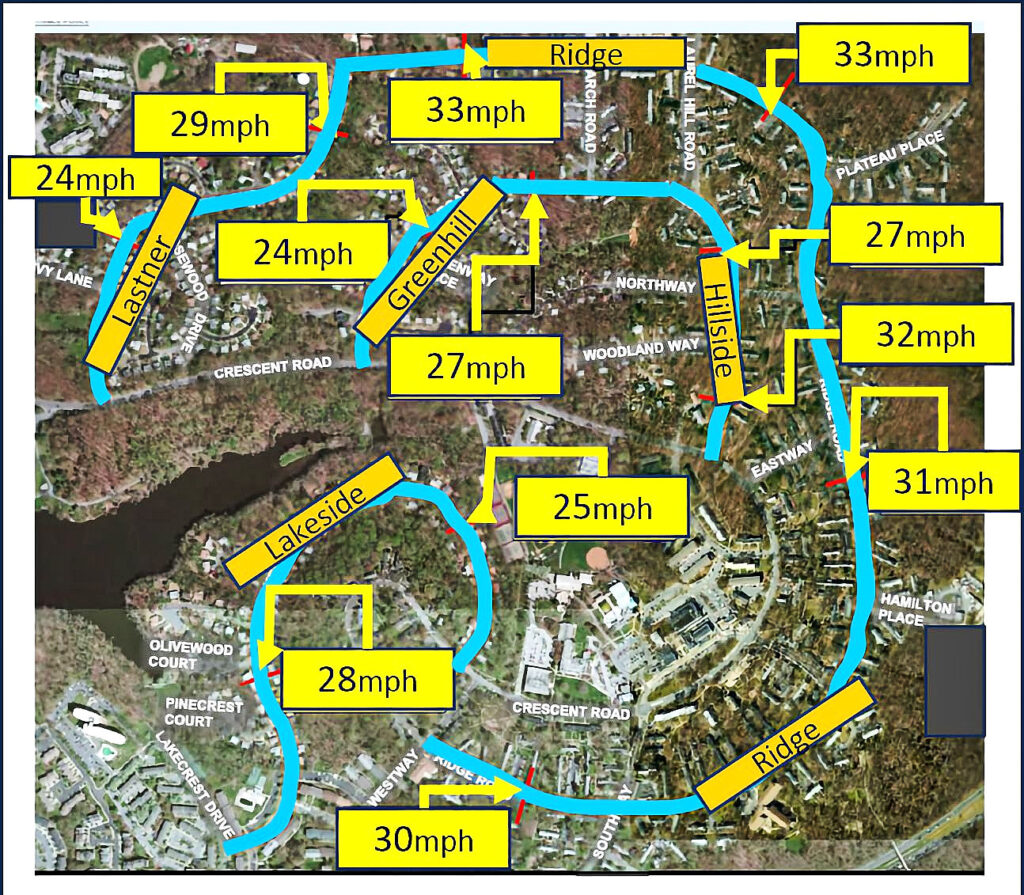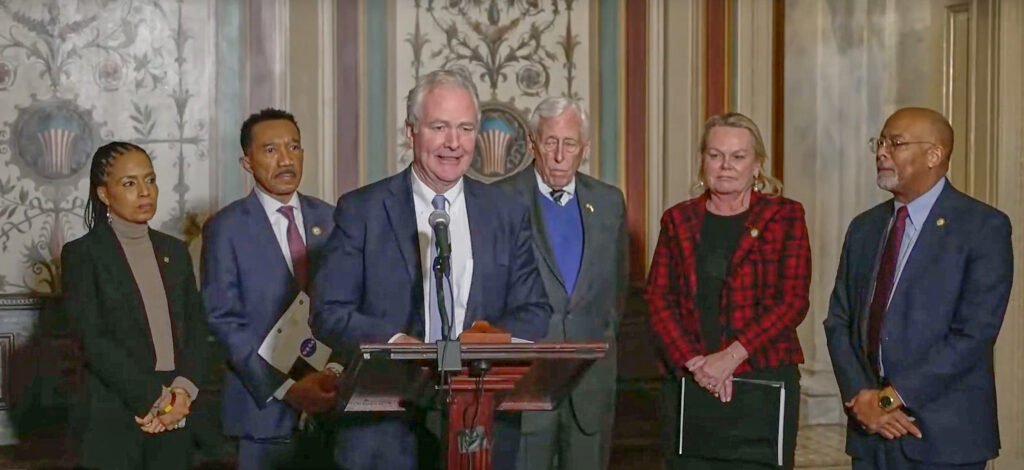At the Greenbelt City Council’s last regular meeting of 2017 on December 11, council dealt with two longstanding issues: expressing its concerns with the draft zoning ordinance and reducing the minimum voting age to 16. Zoning Rewrite Council approved, with some editing, a letter drafted for council’s signature by Terri Hruby, acting director of planning and community development, outlining the city’s concerns regarding the draft zoning ordinance. This is the last scheduled round of comments before the draft ordinance is officially sent to the county council. The deadline for submitting comments was Friday, December 15, so council had to finalize its comments at this meeting.
In addition to more specific changes in the draft zoning ordinance, there is also a change in the way many homes in Greenbelt will be referred to in the future. If this ordinance is passed, townhouses will no longer be referred to as townhouses; instead, they will be known as single family attached homes. One major concern of both the planning department and council is that the zoning rewrite is actually a covert rezoning, particularly in areas currently in the Residential Townhouse (R-T) zone. The rewrite would increase permissible density to 16.33 units per acre, which is significantly higher than in the existing R-T zone. The letter requests that the new Residential Single Family-A (RSF-A) be reduced to 12 dwelling units per acre.
Council had concerns regarding changes to the zoning process in the proposed law as well as specific details of zoning. First among these concerns is the elimination of the Residential Planned Community Zone (RP-C) without also establishing a Neighborhood Conservation Overlay Zone (NCOZ) for Greenbelt. The county planning board staff had committed to working with the city to develop this zone, which was to be included in the zoning ordinance. Now, however, the county is proposing the elimination of the R-P-C zone, which caps housing densities based on the residential superblocks that were part of the 1937 planned community. The letter stresses the city’s belief that the NCOZ must be included in the zoning ordinance while stating its willingness, if that cannot be accomplished, to consider the inclusion of the legacy R-P-C zone in the new zoning ordinance until the NCOZ can be established. The letter objected to several aspects of the review of zoning issues. Specifically, the city wants to extend the new requirement for a pre-application neighborhood meeting, which the draft would require for zoning map amendments, special exceptions and major detailed site plans to include minor detailed plan projects.
Check out the paper for more on this story. Click Here.



